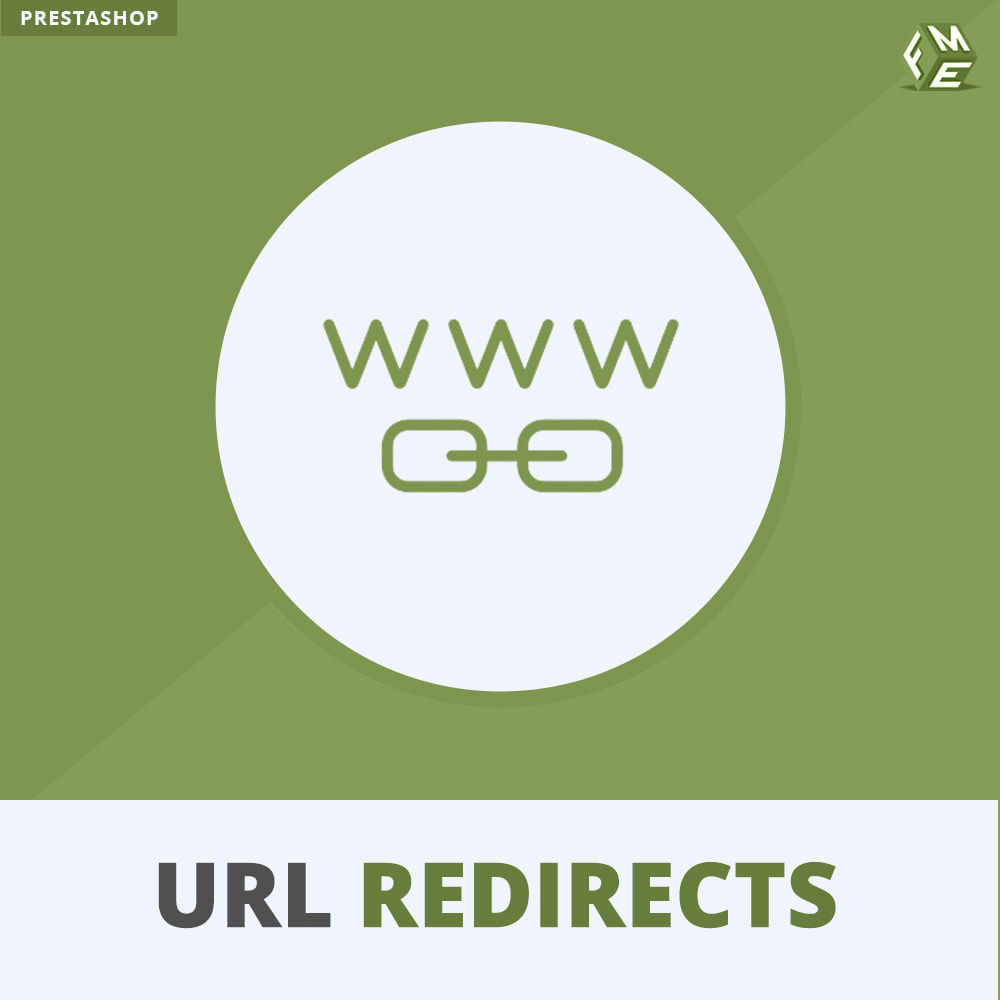How to Set Up Redirections in PrestaShop the Right Way
Learn how to handle URL changes seamlessly in PrestaShop by using PrestaShop redirect URLs and modules to prevent traffic loss and manage redirections like a pro.

So, you’re working with PrestaShop, and suddenly, boom—you need to change your URLs. Whether it’s because you rebranded, migrated your store, or want to make your URLs more SEO-friendly, setting up redirections is essential. Not having proper redirects can make visitors bounce, mess up your SEO, and waste all the traffic you built. The solution? Utilizing a PrestaShop redirect URL setup correctly. Let’s dive in on how you can get this done.
What’s the Deal with Redirections Anyway?
Imagine someone clicks an old link to your site, but boom, “Page Not Found.” It’s not only awkward, but it means you’re losing a visitor. That’s where buying a PrestaShop redirection module comes in. Redirections seamlessly take your users to the updated URLs without losing momentum. And the best part? You don’t need to be a tech genius to set it up.
There are two types of redirections you’ll be working with:
- 301 Redirects: Permanent. This tells search engines the new URL is the forever home of that page.
- 302 Redirects: Temporary. This says, “Hey, this move is just for now; we’ll probably switch back.”
Knowing when to use which type is key to mastering your redirection game.
Reasons You Might Need a Redirection
You might think, “Why would I even need to set this up?” Well, here are some real-world scenarios where using a PrestaShop redirect URL will save your life:
- Switching Domains: Maybe you’ve upgraded your store to a better domain.
- Migrating Platforms: Moving from WooCommerce or Shopify to PrestaShop.
- SEO Optimization: Shortening or cleaning up URLs to make them more Google-friendly.
- Rebranding: Giving your business a whole new vibe.
- Managing 404 Errors: Fixing broken links on your site to avoid search engines penalizing you.
In any of these cases, acquiring a PrestaShop redirection module will make things a whole lot smoother.
How to Set Up Redirections: Step-by-Step
If you’re ready to roll, here’s how to set those URLs straight.
Step 1: Install a PrestaShop Redirect Module
You can mess with your .htaccess file for manual redirects, but let’s be honest—it’s easier purchasing a PrestaShop redirection tool. Once installed from the backend, you’ll see the module pop up in the admin panel.
Step 2: Navigate to the Module Settings
Click on the module, and bam—you’ll see a list of all existing redirects. This is where you control the magic.
Step 3: Create a New Redirect
Add the old URL and the new one you want it to point to. Choose between 301 or 302 redirection based on how long you want the change to stick.
Pro Tip: Make sure the URLs are accurate. A typo in the redirection can leave your visitors stuck in a loop. No bueno.
Step 4: Manage 404 Errors
There’s a handy section in the module where you can handle those annoying 404 errors. You can either send users to the homepage or a relevant CMS page to keep them on your site.
Step 5: Update All Redirects in Bulk
If you have tons of changes, click the “Update All” option. This will let you set multiple new URLs at once—super useful for platform migrations or rebranding.
Why You Should Use a Module Over Manual Redirects
Sure, you can DIY your redirects by editing .htaccess files. But let’s be real—it’s complicated, and one wrong line of code can break your whole site. That’s why utilizing a PrestaShop redirect module is a no-brainer. You skip the headaches, and everything stays neat and tidy. Plus, modules are built with features to track, manage, and edit redirects with zero fuss.
Concluding it
Setting up redirections might sound boring, but trust me—it’s one of the easiest ways to keep your site in good shape. Whether you’re changing your URLs for SEO, switching platforms, or rebranding, using a PrestaShop redirect URL module ensures that everything runs smoothly. No lost customers, no broken links, no traffic drop—just a seamless experience for everyone.
FAQs: Common Redirection Questions
Q: What’s the difference between a 301 and a 302 redirect?
A: A 301 redirect is permanent, meaning the old URL is no longer in use. A 302 redirect is temporary—used when the original URL might come back later.
Q: Can I manually set up redirects in PrestaShop?
A: Yes! You can edit the .htaccess file to set individual redirects. But for bulk management, buying a PrestaShop redirection module is way easier.
Q: How do I fix 404 errors in PrestaShop?
A: Most redirection modules let you manage 404 errors by sending users to a homepage or a CMS page. You can also set up rules to auto-redirect them.
Q: Is a module necessary for small stores?
A: Even if your store is small, utilizing a PrestaShop redirect tool saves time and ensures no visitor gets lost due to broken URLs.
Check Out More About PrestaShop Custom Checkout Fields
Curious about adding custom fields to your checkout page? We’ve got a complete guide on PrestaShop custom checkout fields that’ll show you how to personalize the customer experience and make your store stand out. Give it a read!
Also check out hituponviews!






